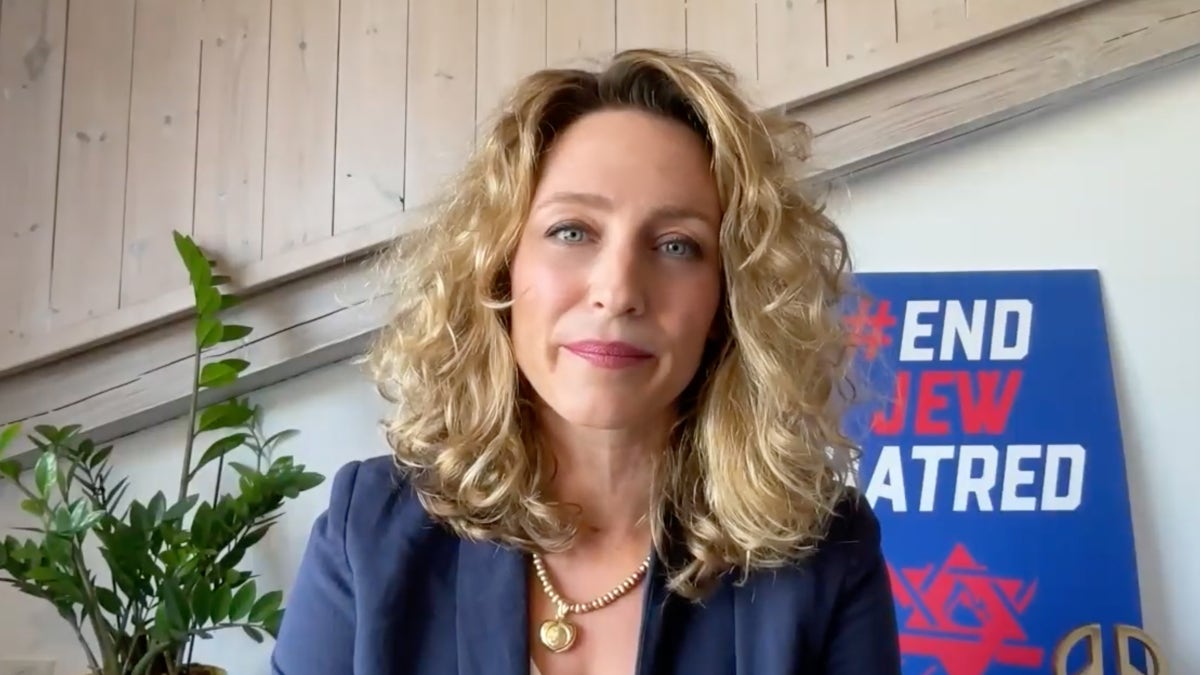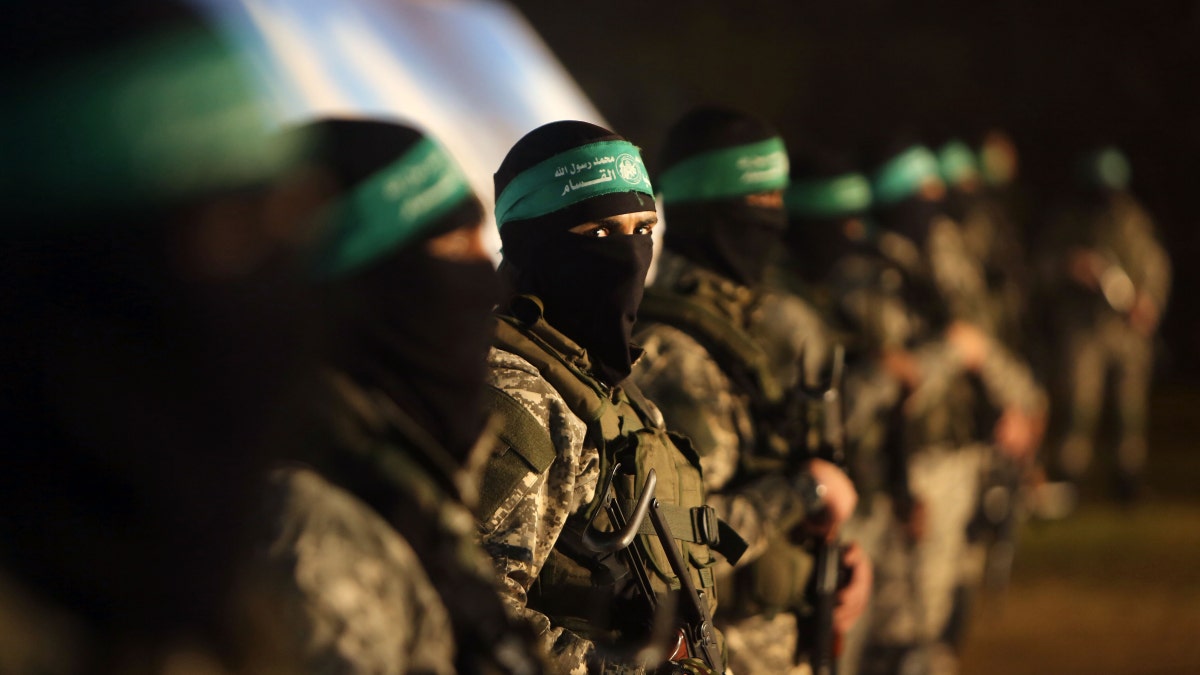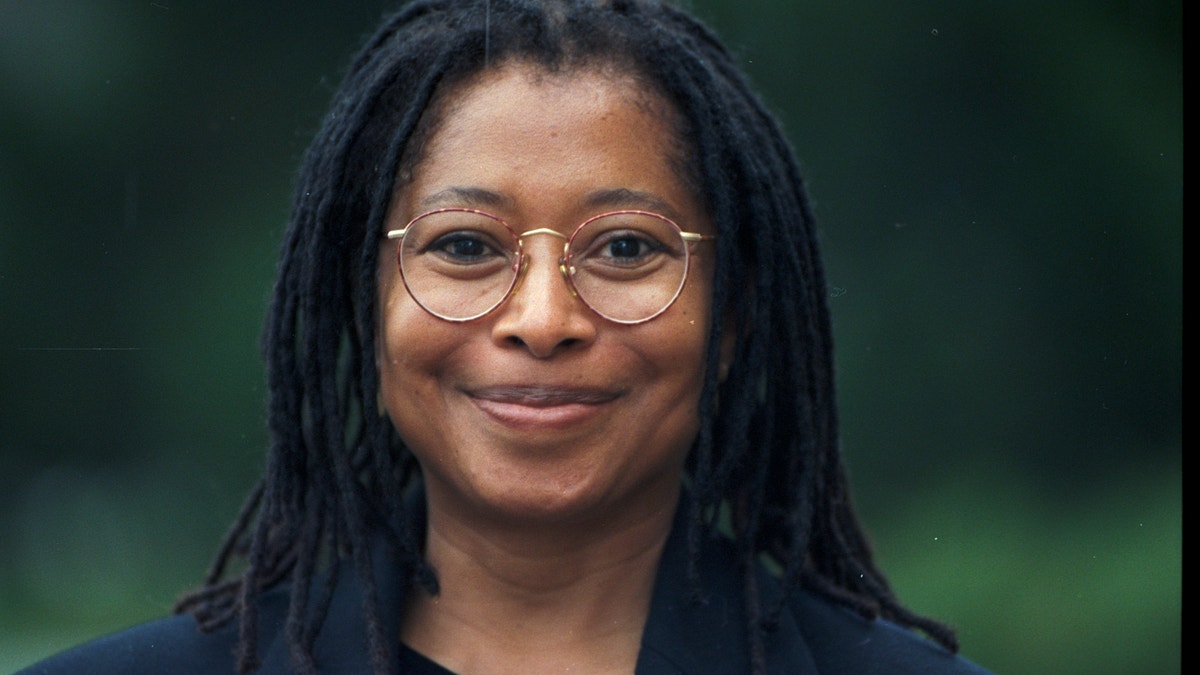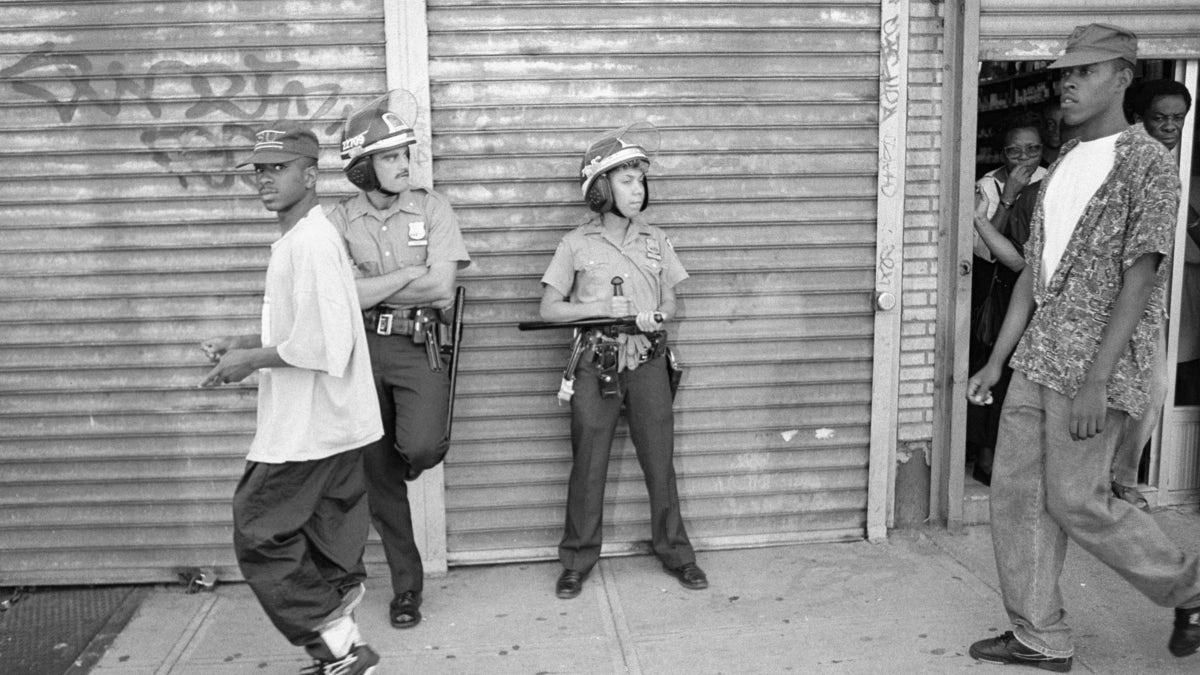Brooke Goldstein lambasts New York Times for 'politicized hit piece'
Civil rights attorney, Brooke Goldstein, accuses the New York Times' of writing a "hit piece" against the Jewish community.
FIRST ON FOX – The New York Times said last month that a string of investigations – some which were accused of being "politicized hit piece[s]" against Jews – is a part of its "financial success" strategy, adding to a long list of controversy of what some critics have alleged is an "anti-Jewish animus" at one of the nation's leading papers.
Former New York Times executive editor, Dean Baquet, announced an investigative journalism fellowship he would oversee that was inspired by the apparent "financial success" of investigations on Hasidic Jews in Brooklyn, among others.

Dean Baquet, former executive editor at The New York Times, announced an investigative journalism fellowship inspired by controversial stories published about Jews. (Mario Tama/Getty Images | Sean Zanni/Patrick McMullan via Getty Images)
The announcement referred to a front-page spotlight article the Times published in September which claimed Jewish private schools were "flush" with government cash and failing their children.
"What's clear is that the NYT is not interested in positive value for our schools, just spreading lies for clicks," Simcha Eichenstein, a NYS Assembly member, who represents a Brooklyn Hasidic Jewish community, said.
Activists – including international human rights attorney Brooke Goldstein – derided the "politicized hit piece" for singularly "targeting" the Jewish community as violent anti-Semitic attacks continue to rise in New York City. It was also a bizarre choice for a front page article on Sept. 11 for the New York-based paper, she said.
NY TIMES REPORT, ACLU REACTION TO REPORT ON HASIDIC SCHOOLS SPARK FIERCE DEBATE
"What the hit piece did at The New York Times… [is] accuse [Jews]… of abusing their children. I couldn't think of anything more vicious than that," Goldstein, who runs the Lawfare Project, told Fox News Digital.

Brooke Goldstein, the executive director of the Lawfare Project, speaks to Fox News Digital about what she believes are "defamatory" statements against Jews in a September article published by The New York Times.
She added that "Targeting Jewish Hasidic schools, or any Jewish organization, to leverage for financial success is beyond shameful."
The New York Times has a "longstanding Jewish problem" when it comes to various types of coverage spanning from the Holocaust era to the present, according to its critics.
Josh Hammer, the opinion editor at Newsweek, told Fox News Digital, "The New York Times never ceases to amaze me when it comes to Jewish-related issues."
"This is the same newspaper that consistently buried coverage of the Holocaust far from the front page. Some things never change. The true shame is that far too many liberal Americans still accord the Times far more credibility than it deserves."
This sentiment has also been touched on by current and former Times staff. The paper did not respond to multiple requests for comment.
For example, Times columnist Bret Stephens has said about his employer, "The Times has a longstanding Jewish problem… continuing into the present day in the form of intensely adversarial coverage of Israel."
Stephens was responding to the Times being forced to apologize in 2019 for running an anti-Semitic cartoon in its international division. The image included a caricature of Likud leader and the likely incoming Israeli prime minister, Bibi Netanyahu.

Israeli Prime Minister Benjamin Netanyahu at the Knesset in 2019.
"We are deeply sorry for the publication of an anti-Semitic political cartoon… and at a time when anti-Semitism is on the rise worldwide, it's all the more unacceptable," the Times said.
The Times added, "We anticipate significant changes."
LEVIN: THE NEW YORK TIMES 'WORSE THAN FAKE NEWS
Some critics doubt the New York Times intends to do the legwork to reform its newsroom.
"The New York Times' antisemitism requires not a ‘conversation’ but a total institutional reckoning," said Ashley Rindsberg, who has researched the Times for nearly 20 years.
"Those who say it's ‘fair to criticize Israel’ should know that Israel is merely a pretext for the Times' anti-Jewish animus," he said.
In May 2021, the Times published a front page article on the Israel-Gaza conflict that was accused of being a "blood libel" by the former leader of the Anti-Defamation League.
The article contained glaring factual issues the Times was forced to correct.
For example, the piece portrayed a Hamas militant as a civilian child and erroneously represented a stock image of a girl as a dead Palestinian child.
"We published a picture in error. The child in the photograph of Rahaf al-Masri was not her," the Times said.
The Times also initially said that "mostly civilians" were among the 250 dead by Israel's targeted airstrikes in Gaza before issuing another correction acknowledging, "it is not known whether most of those killed were civilians."

From the left, the Israeli Iron Dome missile defense system intercepts indiscriminate rockets fired by the Hamas movement towards southern Israel from Beit Lahia in the northern Gaza Strip as seen in the sky above the Gaza Strip overnight on May 14, 2021. (ANAS BABA/AFP via Getty Images)
Many of its hotly-debated editorial decisions pertaining to Jews notwithstanding, The New York Times does cover anti-Semitism within the discourse – from Jew-hating comments from the likes of Palestinian Fatah Party leader Mahmoud Abbas to Kanye West as well as attacks and threats on Jewish houses of worship and individuals
This reality notwithstanding, Rindsberg said that, "To say the New York Times has a 'complicated' relationship with the Jewish people is to play semantics with the truth. The New York Times has a Jewish problem—period."
"While Kanye West is held to account for a tweet and some crass antisemitic rhetoric, the New York Times has been waging a veritable campaign of deligitimization against the Jews, targeting our identity, right to self-determination and even our cultural heritage—and it gets away with it every time," he said.
More recent example of issues in the coverage of Israel included reports the New York Times was using pro-Hitler stringers.
The Times severed ties with the freelancers in August after multiple exposes by HonestReporting. It was unknown whether the Times was aware of their sentiment or vetted the individuals when they were hired.
One had said, "In the end, the Jews are sons of the dogs, and I am in favor of killing them and burning them like Hitler did to them. I would be extremely happy," according to the report.
Rindsberg drew a connection between the Times previously using pro-Hitler stringers and its history using a Nazi-sympathizing correspondent to get access to stories in Nazi Germany.
He said, "Today, the Palestinian extremist who worked as a Times stringer would get similar access to Hamas leaders in Gaza. That both these people harbored horrid racist and anti-Jewish ideas is just, for the Times, an unfortunate externality. It’s Pulitzer hunting at all costs—but the greatest cost is the truth. The Times has shown itself willing to pay that price."

Palestinian members of the Ezzedine al-Qassam Brigades, the armed wing of the Hamas terror group,January 31, 2016 in Gaza city. (MAHMUD HAMS/AFP via Getty Images)
Some of its controversies go back nearly a century. The Times' Guido Enderis infamously wrote on January 31, 1933, that "The composition of the cabinet leaves Herr Hitler no scope for… dictatorial ambition."
As Hitler continued his rise to power, Enderis' style leaned to casting the future mass murderer as moving with the moderates. He was branded a "Nazi correspondent" by some contemporaries.
Enderis reported that "Hitler threatening Nazi radicals," "Government accepting counsel from moderate quarter" and "Hitler puts curb on zealous Nazis," according to Tablet Magazine.

The entrance to the former Nazi German death camp of Auschwitz-Birkenau in Oswiecim, Poland. (AP Photo/Alik Keplicz)
His Nazi sympathy led one of his colleagues to complain to the publisher, according to Tablet.
"They were so horrible," Dov Hikind of Americans Against Antisemitism said about the New York Times' editorial decisions during the Holocaust-era. "They literally helped the Nazis get away with what they were doing because the Nazis were interested in keeping it quiet. Well, you know what? The New York Times felt the same way."
Times editor-turned-critic, Bari Weiss – who is Jewish – alleged that while working at the Times she was called a "Nazi" by colleagues.
Weiss has also criticized a sanitized opinion article published by the Times which discussed one of the U.S.'s premier anti-Semites – Louis Farrakhan at relative length. The article did not mention the rank anti-Semitism of the Nation of Islam leader, who has referred to Jews as "termites" and called Hitler "a very great man" on numerous occasions. The Times did print a letter to the editor castigating it for that issue.
Weiss said, "If you read the op-ed and knew nothing about Farrakhan, you would think he was a gentleman."
In December 2018, the Times published a story on American novelist Alice Walker who during the interview referred to an "unhinged anti-Semitic book" as "a curious person’s dream come true," according to Yair Rosenberg at Tablet.

Portrait of American author, poet, and activist Alice Walker on the Michigan State University campus, East Lansing, April 31, 1998. ( Douglas Elbinger/Getty Images)
The Times then refused to amend the column for uncritically presenting the book accused of anti-Semitism after the fact.
"Thus, the only thing that is accomplished… is ensuring that the racism is disseminated to more people," Rosenberg said.
AUTHOR ALICE WALKER CRITICIZED FOR ENDORSEMENT OF CONTROVERSIAL WRITER DAVID ICKE
In May 2020, a New York Times podcast called "Sugar Calling" invited Walker on again.
Regarding its coverage of U.S. issues, a former New York Times writer of 20 years – Ari Goldman – said that the Times was focused on a narrative of the Crown Heights riots which he believed to be false.

Police officers are on duty in Crown Heights where rioting erupted after two black 7-year-olds, Gavin and Angela Cato, were hit by a car driven by a member of the Hasidic Jewish community. Gavin died. Hours later, Yankel Rosenbaum, a young Hasidic scholar, was attacked by a mob and fatally stabbed by Lemrick Nelson, a 16-year-old. (NY Daily News Archive via Getty Images)
He said, "When I picked up the paper, the article I read was not the story I had reported."
"I saw headlines that described the riots in terms solely of race… And worse, I read an opening paragraph… that was simply untrue."
CLICK HERE TO GET THE FOX NEWS APP
Goldman continued, "In all my reporting during the riots I never saw – or heard of – any violence by Jews against blacks. But the Times was dedicated to this version of events: blacks and Jews clashing amid racial tensions."
Then, Goldman recalled an outburst he had at the times in which he said, "I am on the streets getting attacked. Someone next to me just got hit. I am writing memos and what comes out in the paper? 'Hasidim and blacks clashed'? That's not what is happening here. Jews are being attacked! You've got this story all wrong. All wrong."
Fox News' Joseph Wulfsohn and Cortney O'Brien contributed to this report.





















